
Write what you are looking for and press enter to begin your search!

Live News
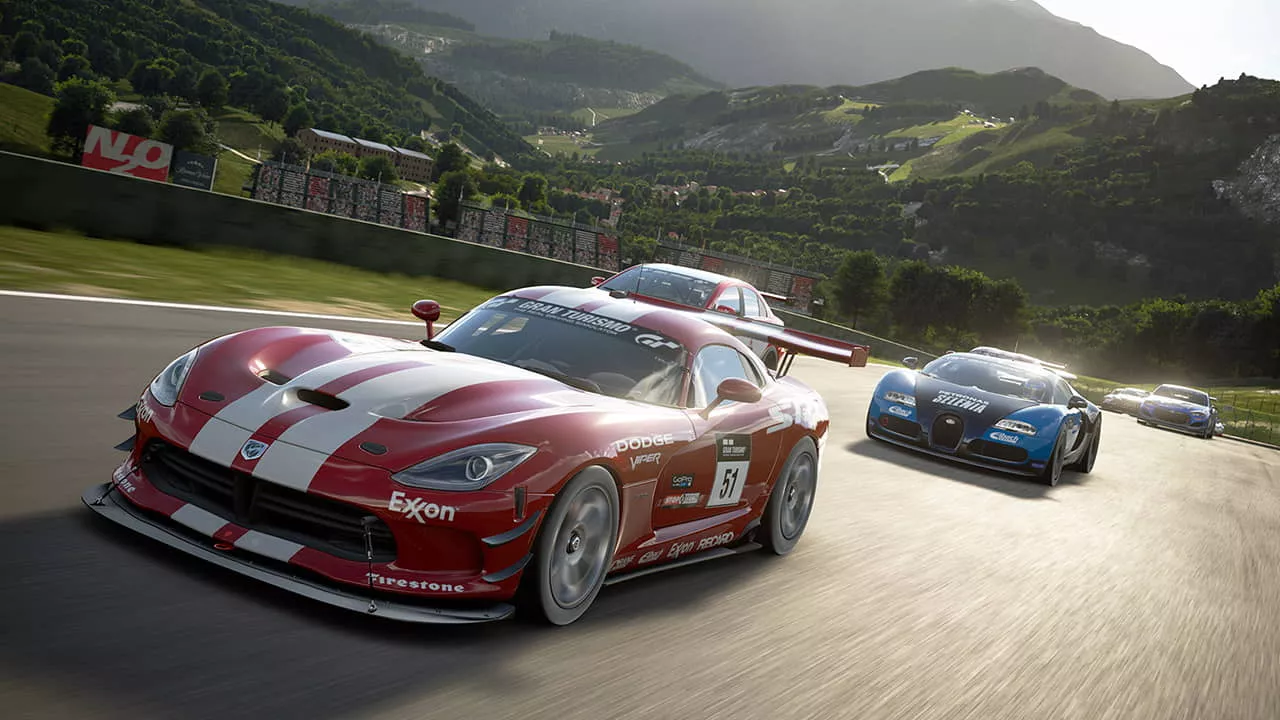

Beyond The Limits: The Origin of Gran Turismo
When you think of Gran Turismo now, you see the realistic driving simulator with insanely detailed physics, a large car list and simulation-level gameplay. The Gran Turismo franchise is a pillar in the e-racing world. Although Gran Turismo has become known for its fast-paced gameplay, if you look back to the game’s origins on the original Sony PlayStation in 1997, you’ll see a much humbler beginning.
In order to push racing games to new heights and explore the limitations of the hardware they were given, one team set out to push the genre to its limits. The path to creating the first Gran Turismo game was a tale of passion, technical ingenuity, and a relentless pursuit of racing authenticity, so let’s dive right in!
Before the conception or development of Gran Turismo, Polyphony Digital‘s journey towards racing realism began with “Motor Toon Grand Prix,” a whimsical and lighthearted kart racing game. Though vastly different from the serious and authentic approach of Gran Turismo, this earlier title played an important role in the studio’s evolution and laid the groundwork for its future success.
“Motor Toon Grand Prix 2” was released on the Sony PlayStation in 1996 as a sequel to the original game. Although the art style remained comical and cartoonish, the game’s graphics and gameplay mechanics were improved, providing players with a polished and enjoyable experience. Moreover, the physics engine used in this game served as the Gran Turismo project’s base, which helped bring the new project to life. Motor Toon Grand Prix 2’s success also gave the studio a much better reputation, allowing for more backing to be given to the Gran Turismo project, headed by Kazunori Yamauchi.
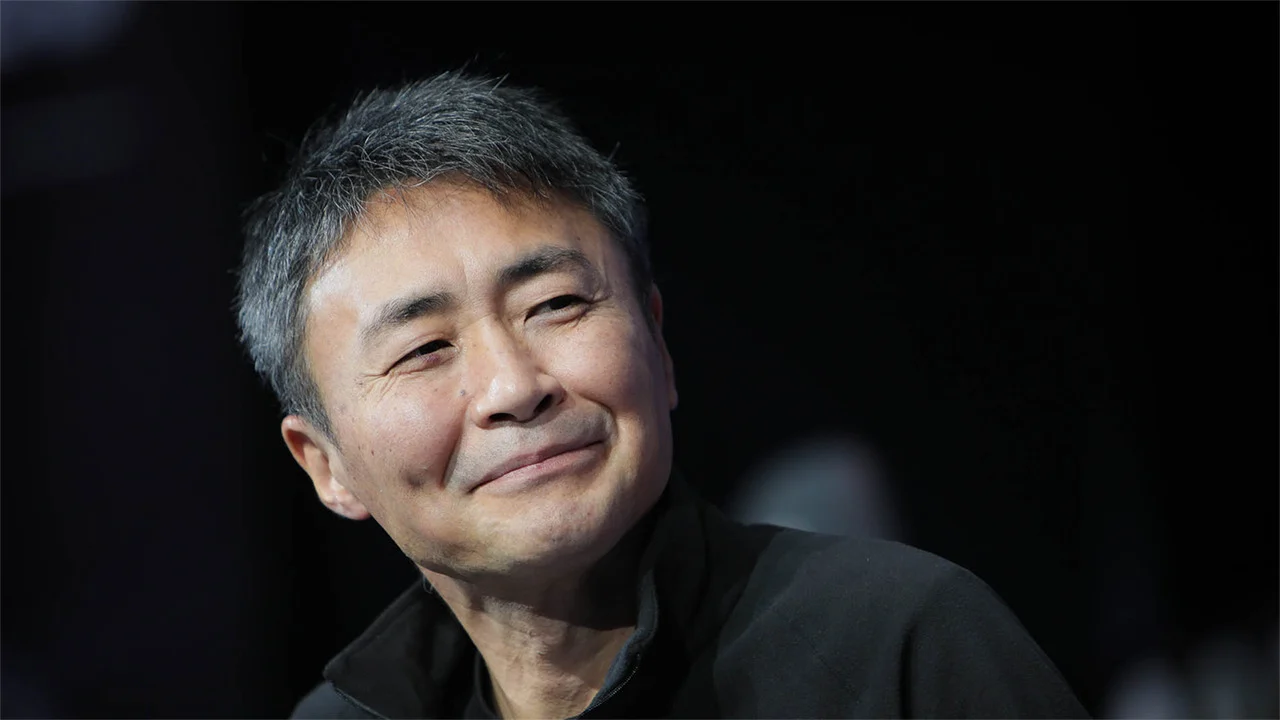
The origins of Gran Turismo can be traced back to the early 1990s when Kazunori Yamauchi, as a young enthusiast with a fervent love for cars and racing, joined the ranks of Sony Computer Entertainment. His passion for automobiles was profound, and he often spent his weekends participating in amateur racing events. It was this passion for racing that furthered his desire to develop a racing game, unlike anything the world had seen before: a game that would bridge the gap between virtual and real-world driving.
During the time of Gran Turismo’s development, the racing game genre was dominated by arcade-style titles that focused more on fun and spectacle than on realism, as the genre was still transitioning from arcade machines to home consoles. Yamauchi yearned for something different—a game that would appeal to the true car aficionados, offering a genuine driving experience that mirrored the intricacies of real-world racing. Taking this vision to his team, he aimed to work day and night to create the racing simulator he dreamed of.
To achieve Yamauchi’s goal of unparalleled realism, the team at Polyphony Digital faced immense technical challenges. The hardware limitations of the original PlayStation presented a significant obstacle for the team as the console lacked the processing power and memory to render highly detailed 3D environments and accurately simulate the behaviour of real-world vehicles.
When asked how complex the process of creating Gran Turismo was for him and his team, Yamauchi said:
“It took five years. In those five years, we could not see the end. I would wake up at work, go to sleep at work. It was getting cold, so I knew it must be winter. I estimate I was home only four days a year”.
Miraculously, despite these limitations and hardships, the team persevered. Yamauchi and his engineers began researching and experimenting with various techniques to push the PlayStation’s boundaries, they devised innovative ways to optimize graphics, manage memory efficiently, and incorporate advanced mathematical models for physics simulations. Hours upon hours of painstaking work were dedicated to replicating the dynamics of vehicle handling, tire physics, and aerodynamics. The team also understood the importance of authentic car models.
Acquiring licenses for real-world vehicles was a complex and time-consuming process for them too, but Yamauchi’s tenacity ended up paying off, as through all the painstaking negotiations, they secured deals with several major car manufacturers, allowing them to recreate an impressive lineup of real cars with meticulous detail and accuracy. This lineup of cars would also end up being a staple of the series and racing games as a whole, which really shows how impressive this was at the time.
After years of research, development, pain and tireless effort, Polyphony Digital and Kazunori Yamauchi’s magnum opus began to take shape. The team’s dedication to realism and unprecedented attention to detail resulted in a prototype that astounded all who witnessed it. The game’s graphics were cutting-edge for the time – featuring realistic car models, stunning environments, and smooth animations that set a new standard for the industry.
The driving physics was equally impressive. Yamauchi and his team created a system that simulated a car’s behaviour based on various factors such as weight distribution, tire grip, and suspension geometry. This attention to realism meant that players had to master each vehicle’s unique handling characteristics, just like real-world drivers. This created a lot of buzz and hype behind the project as people anticipated for the game’s release.
Unfortunately, as development progressed, the team faced numerous setbacks and challenges and the pursuit of perfection resulted in delays, pushing Gran Turismo’s release date back multiple times and many began to doubt whether the game would ever see the light of day. Regardless of the challenges faced, Yamauchi remained resolute in his commitment to delivering a game that met his personal standards.
He famously stated in an interview, “A delayed game is eventually good, but a rushed game is forever bad.” and he aimed to stand by his words till the very end. His determination to achieve perfection fueled the team’s relentless effort to overcome every obstacle standing in their way.
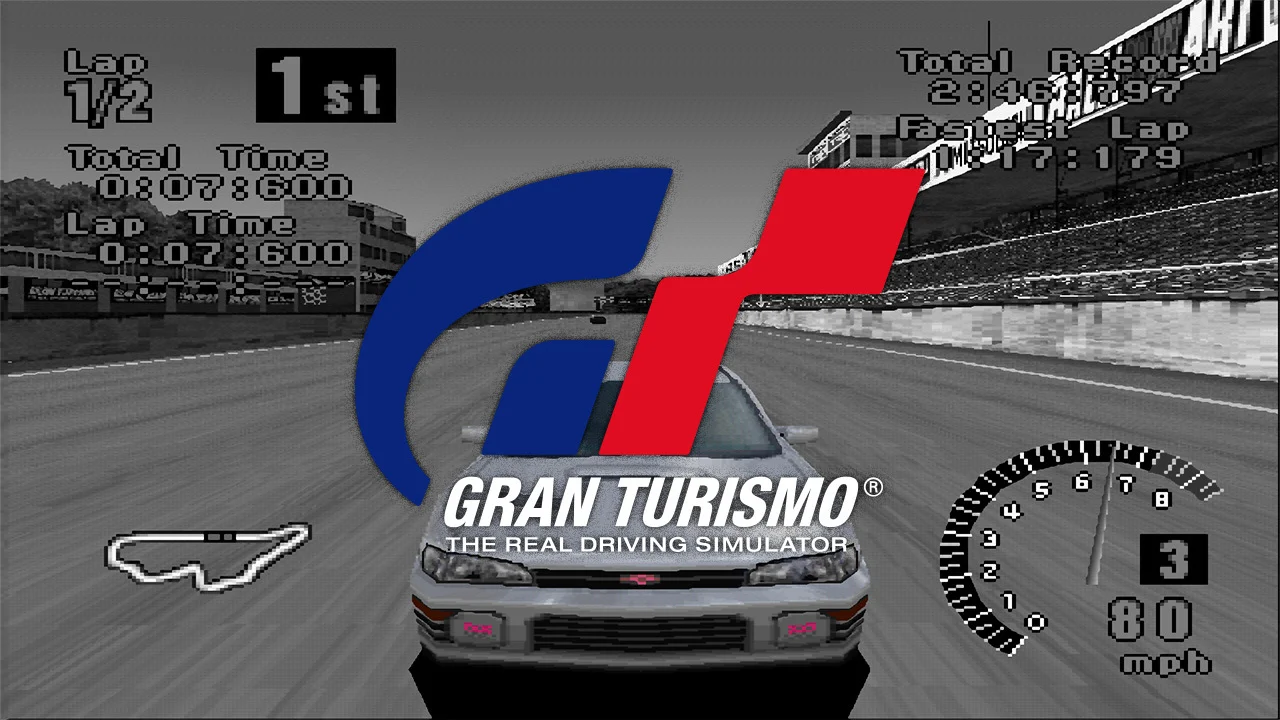
Upon release on May 8, 1997, Gran Turismo was met with immediate critical acclaim in Japan. The combination of unparalleled realism, an extensive roster of real-world cars, and a compelling single-player campaign captured both players and critics. Its success extended beyond Japan when it was released internationally later that year.
In its first month on the Japanese market, it sold over 1 million copies, making it the best-selling video game of the 1997 holiday shopping season in Japan. Meanwhile, in the United States, it was the best-selling PlayStation game of 1998 with 1,431,483 sales and $58,568,520 (equivalent to $105,155,485 in 2022) revenue.
In fact, the game sold over 10 million copies worldwide, skyrocketing the game to the top of the charts and Gran Turismo became the cultural phenomenon that we know today. It not only redefined the simulation racing genre but also influenced the development of future racing games and simulation titles across various gaming platforms. Without Gran Turismo, modern racing games would have been far behind what they are today.
The success of Gran Turismo led to a series of sequels, each building upon the foundation laid by the original game. The franchise continued to push the boundaries of what was possible in racing simulations, introducing new features, expanding the car roster, and constantly improving the graphics and physics engines, to the point we have now, with Gran Turismo being a premiere driving simulator used in training, esports and so much more.
Gran Turismo remains a testament to the power of vision, determination, and passion in the world of video game development. Few game developers are as passionate and dedicated as Kazunori Yamauchi was and his relentless pursuit of realism and authenticity redefined the racing genre as we knew it, inspiring countless developers and leaving a permanent mark on the gaming industry.
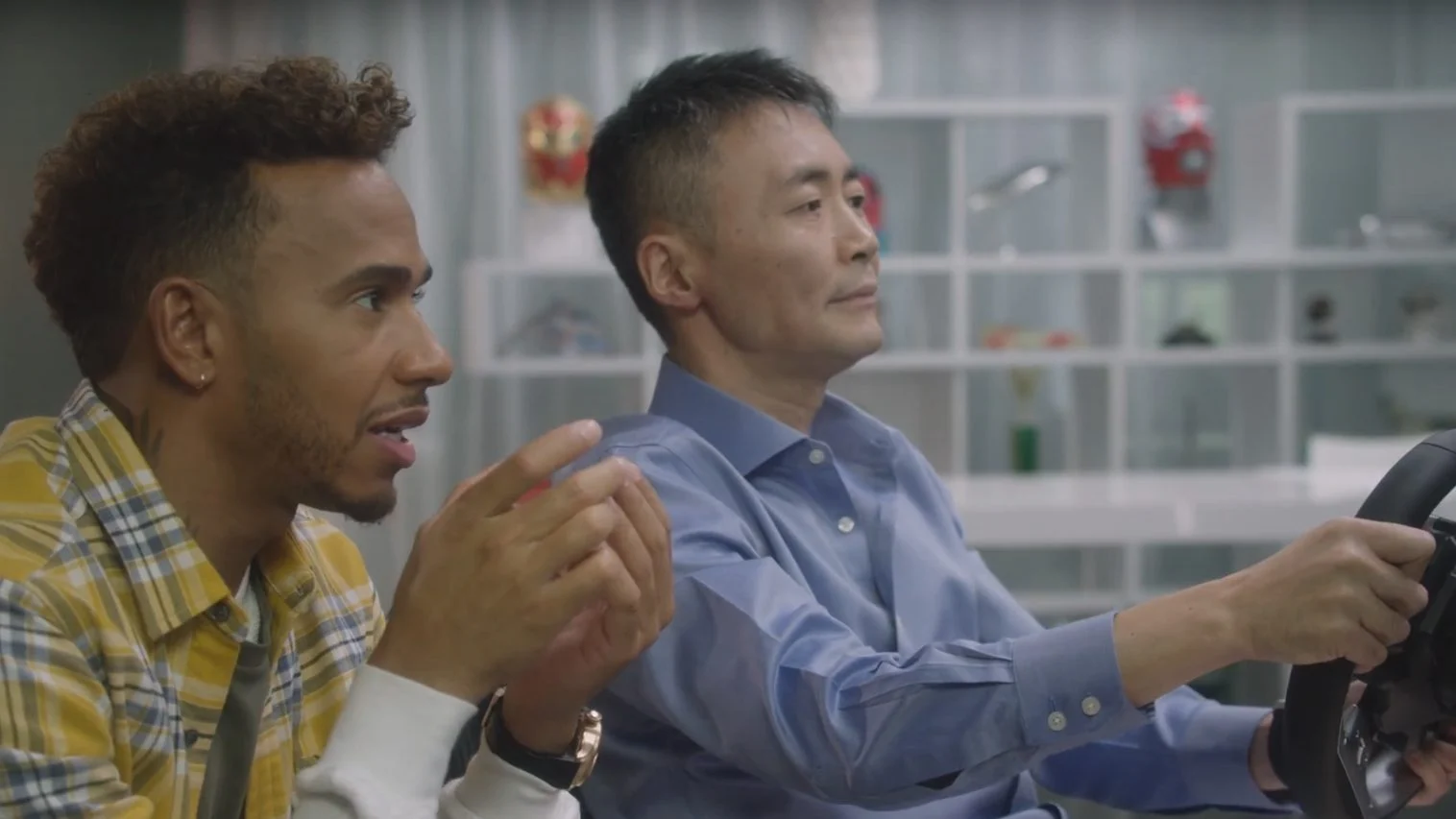
The first Gran Turismo game was more than just a video game, it was a labour of love that merged the worlds of virtual and real-world racing, forever changing the way players experienced driving in the digital world, now to the big screen, the Gran Turismo movie. Taking both its technical achievements and immersive gameplay, Gran Turismo earned its place as a true classic in the Hall of Fame in video game history.
Sometimes, the road to greatness is paved with tireless dedication and an unyielding commitment to perfection. That’s what the Gran Turismo games strive to be, and until Kazunori Yamauchi retires, that racing game dream will never die.
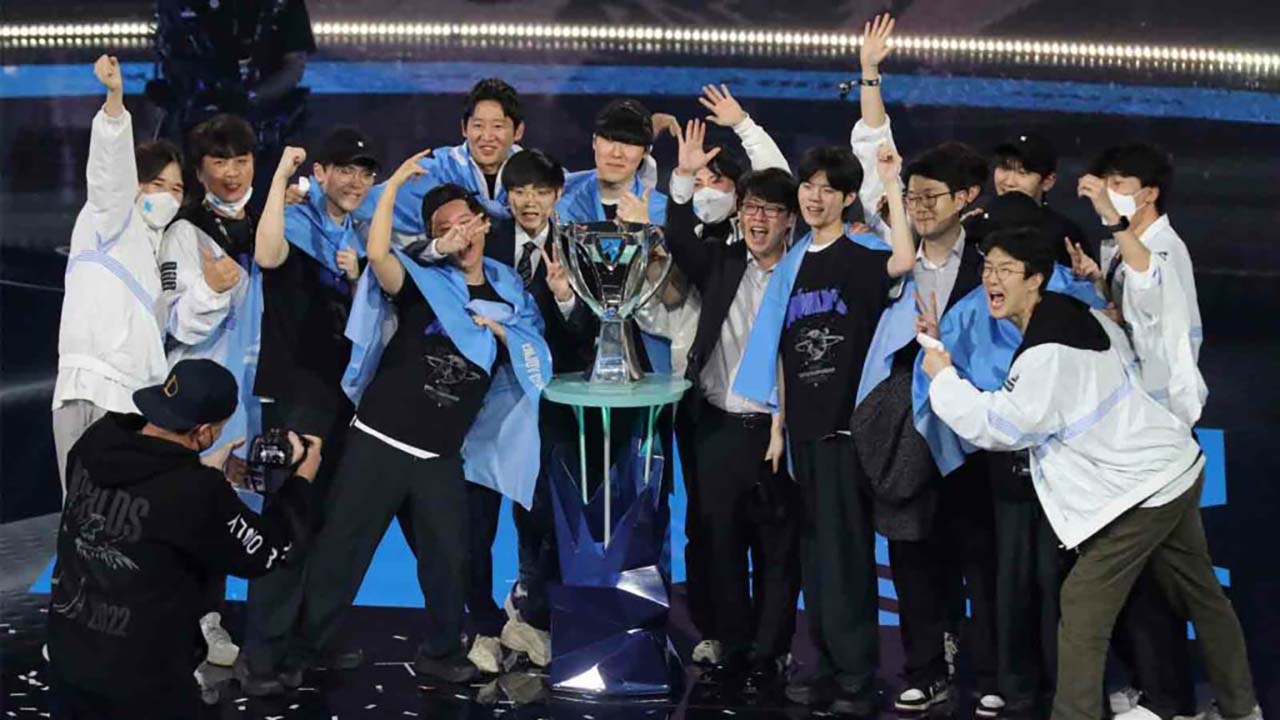
By Lewis "lickety" Larcombe|November 6, 2022
Korean dominance returns to League of Legends as DRX pulls a surprise victory over fellow South Koreans, T1—the three-time Worlds winners. The f...
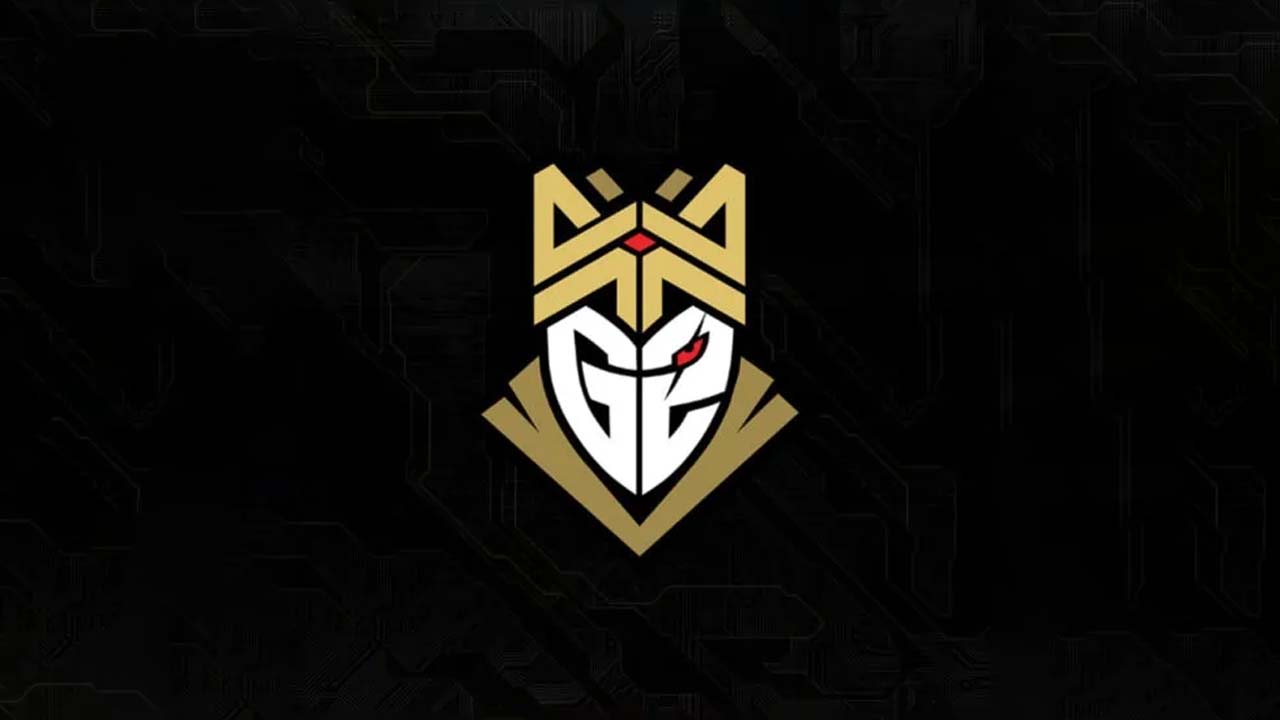
By Lewis "lickety" Larcombe|February 16, 2023
Blacklist International, the Filipino esports division of Tier One Entertainment, and G2 Esports, a globally-renowned organization, are joining forces...
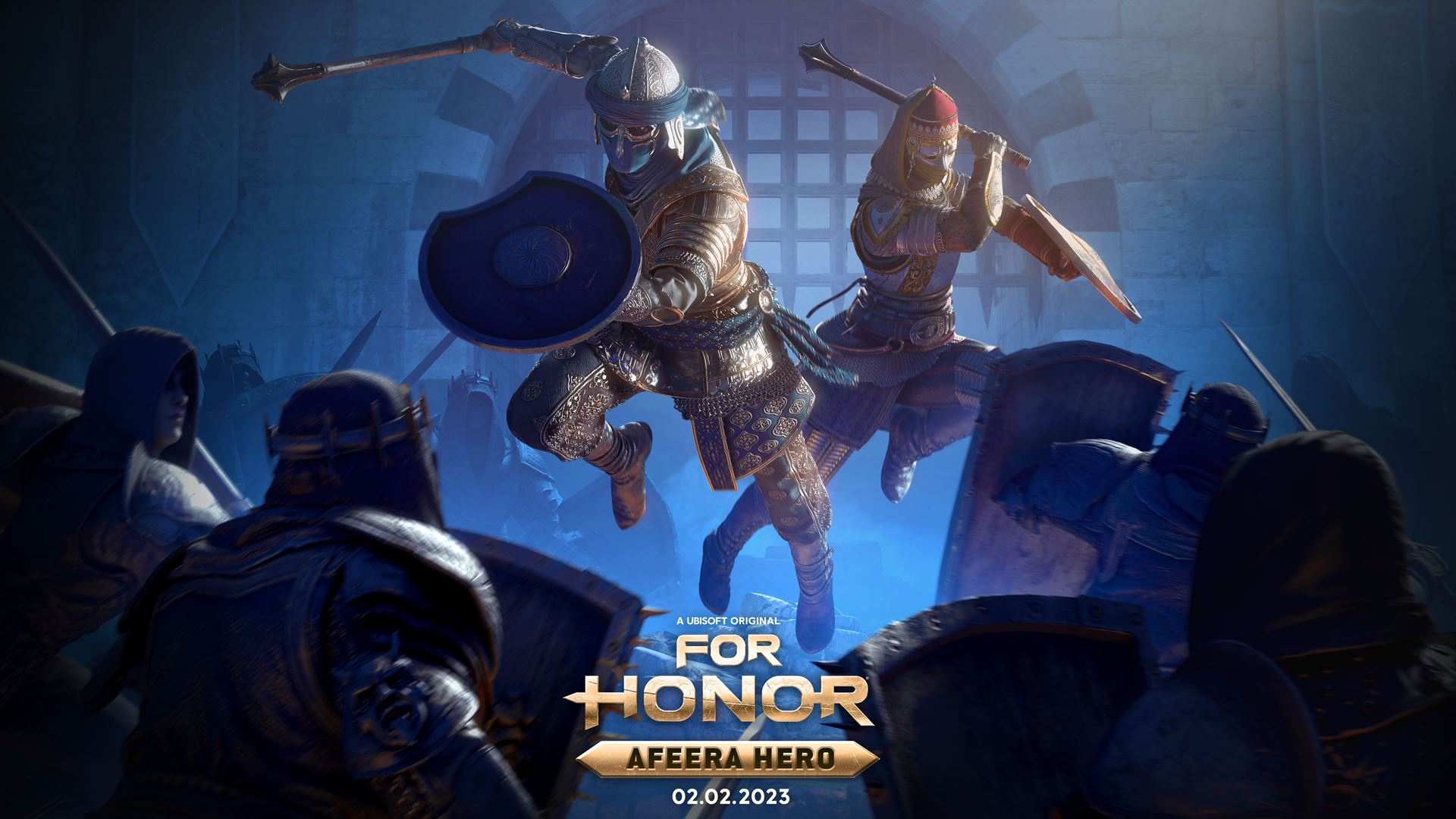
By Alleef Ashaari|January 27, 2023
Ubisoft has announced that For Honor will add its newest Hero, the Afeera, on 2 February 2023. Armed with a Mace and Shield, the Afeera bring precise ...

By Team KKP|May 10, 2024

By Mr Toffee|February 2, 2024

By Team KKP|July 1, 2023

By Alleef Ashaari|August 2, 2021
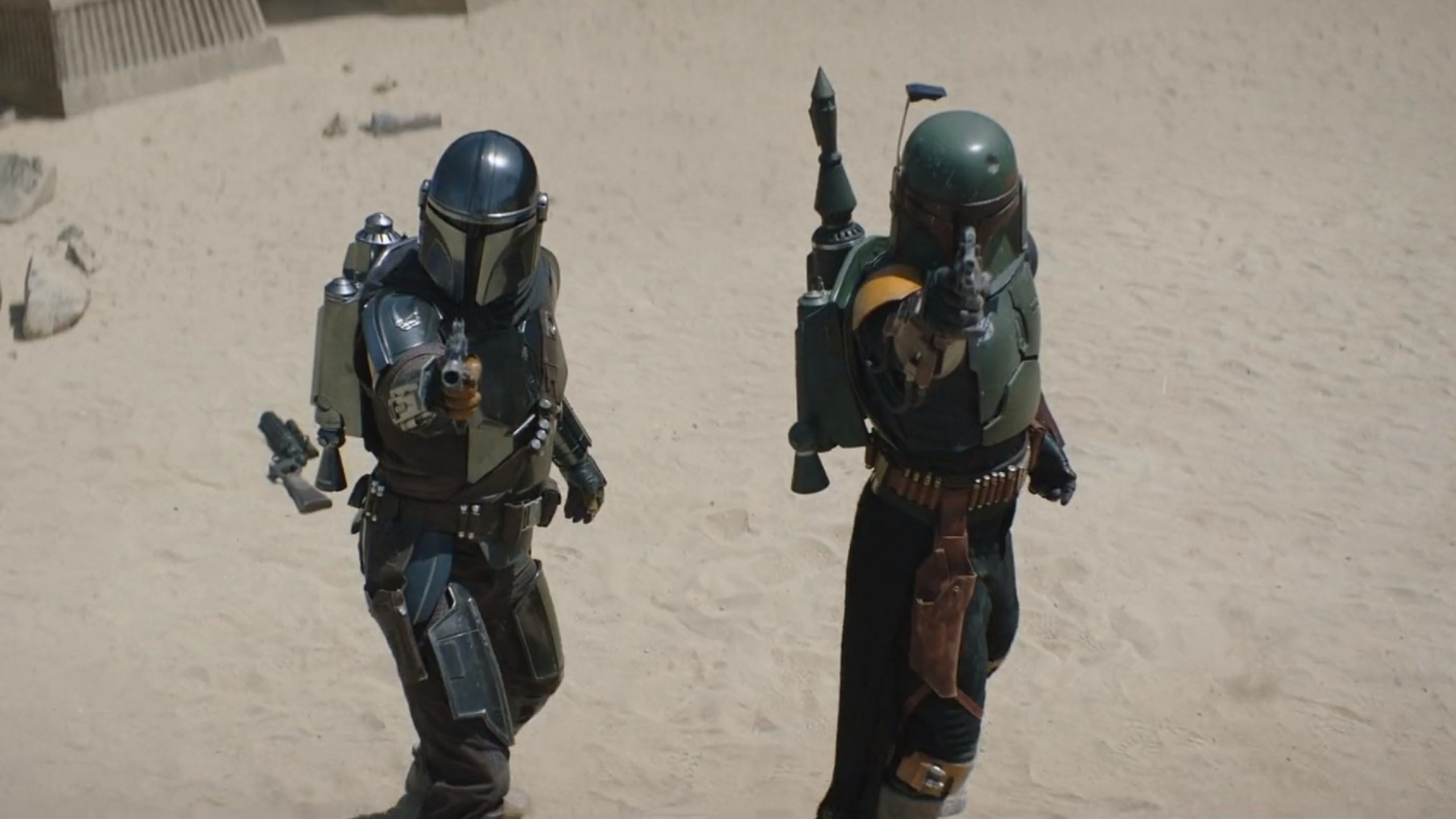
By Alleef Ashaari|February 9, 2022

By Team KKP|May 10, 2024

By Mr Toffee|February 2, 2024

By Team KKP|July 1, 2023

By Alleef Ashaari|May 10, 2024

By Team KKP|May 10, 2024

By Mr Toffee|February 2, 2024

By Team KKP|July 1, 2023
Copyright @ Kakuchopurei 2024
Yorum Sat?n Al
July 24, 2023 at 11:51 am
Useful article, thank you. Top article, very helpful.